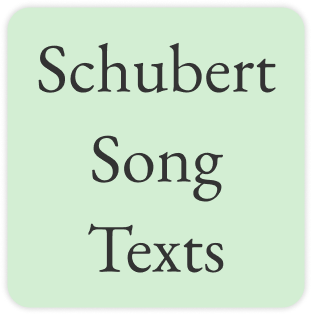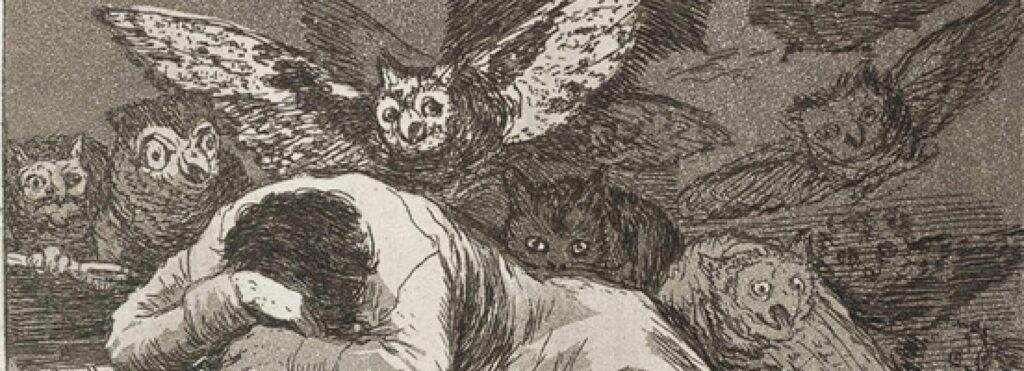In ‘Croma’ Ossian (aka James Macpherson) gives an account of five bards who give ‘an extempore description of night’. The first bard sets the scene in total darkness and the silence is broken only by a distant stream. Before the ghosts appear ‘the long-howling owl is heard.’
Night is dull and dark.
The clouds rest on the hills.
No star with green trembling beam;
no moon looks from the sky.
I hear the blast in the wood;
but I hear it distant far.
The stream of the valley murmurs;
but its murmur is sullen and sad.
From the tree at the grave of the dead
the long-howling owl is heard.
Macpherson was perhaps echoing another famous nocturnal scene set in the highlands of Scotland. As Macbeth is murdering King Duncan his wife is on edge and alarmed at any sound:
That which hath made them drunk hath made me bold.
What hath quenched them hath given me fire.
Hark!—Peace.
It was the owl that shrieked, the fatal bellman,
Which gives the stern’st good-night. He is about it.
Shakespeare, Macbeth Act II, Scene 2
Here the owl is not just associated with night-time, it is also a harbinger of death, a ‘fatal bellman’ tolling the passing bell and ushering in eternal night.
When Schubert set Ossian’s text to music in Die Nacht (D 534) he used the translation into German by Edmond Baron de Harold, which renders the ‘the long-howling owl is heard’ as hört man lang die krächzende Eul’. ‘Eine Eule’ actually refers not to a specific species but to the general order, the Strigiformes.
The only other owl in the Schubert song texts appears in Stolberg’s Abendlied (D 276). Here the owl emerges as the songbirds and doves are settling down to rest.
Ihre Ringeltauben girren
Noch die Täuber sanft in Ruh,
Düstre Fledermäuse schwirren
Nun dem glatten Teiche zu,
Und der Käfer Scharen irren,
Und der Uhu, nun erwacht,
Ziehet heulend auf die Wacht.
The wood pigeons' mates are cooing
Still, the doves are calling them gently to rest,
Dark bats are whirling around
Now, going towards the smooth pond,
And the swarm of beetles is on the move,
And the owl, now awake,
Is going by, crying out as it keeps watch.
Stolberg, Abendlied D 276
An ‘Uhu’ is in fact a specific species of owl, Bubo bubo, the Eurasian eagle-owl. In the context of Stolberg’s poem, though, as in Ossian, the main significance of the bird is that it is nocturnal. It does not symbolise wisdom or act as a messenger, it is just an attribute of night. Since it lives in darkness it does not matter what it looks like. We are invited to pay attention to its call.
And the owl, now awake,
Is going by, crying out as it keeps watch.
* * *
From the tree at the grave of the dead
the long-howling owl is heard.
* * *
When icicles hang by the wall,
And Dick the shepherd blows his nail,
And Tom bears logs into the hall,
And milk comes frozen home in pail;
When blood is nipped, and ways be foul,
Then nightly sings the staring owl,
“Tu-whit, Tu-whoo!”
Shakespeare, Love's Labour's Lost Act V, Scene 2
☙
Descendant of:
AnimalsTexts with this theme:
- Abendlied (Groß und rotentflammet), D 276 (Friedrich Leopold Graf zu Stolberg-Stolberg)
- Die Nacht, D 534 (James Macpherson (Ossian) and Edmund von Harold)


